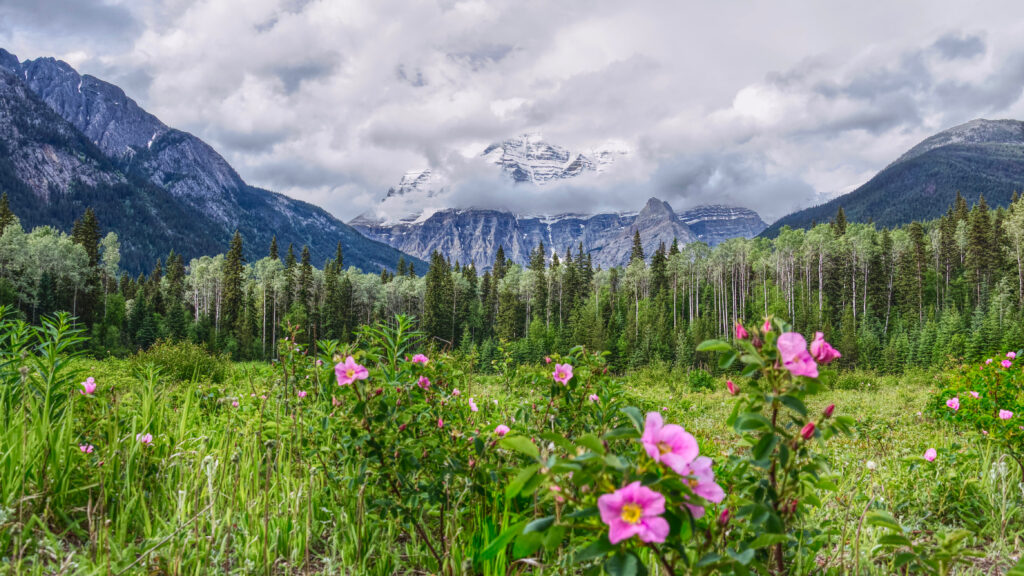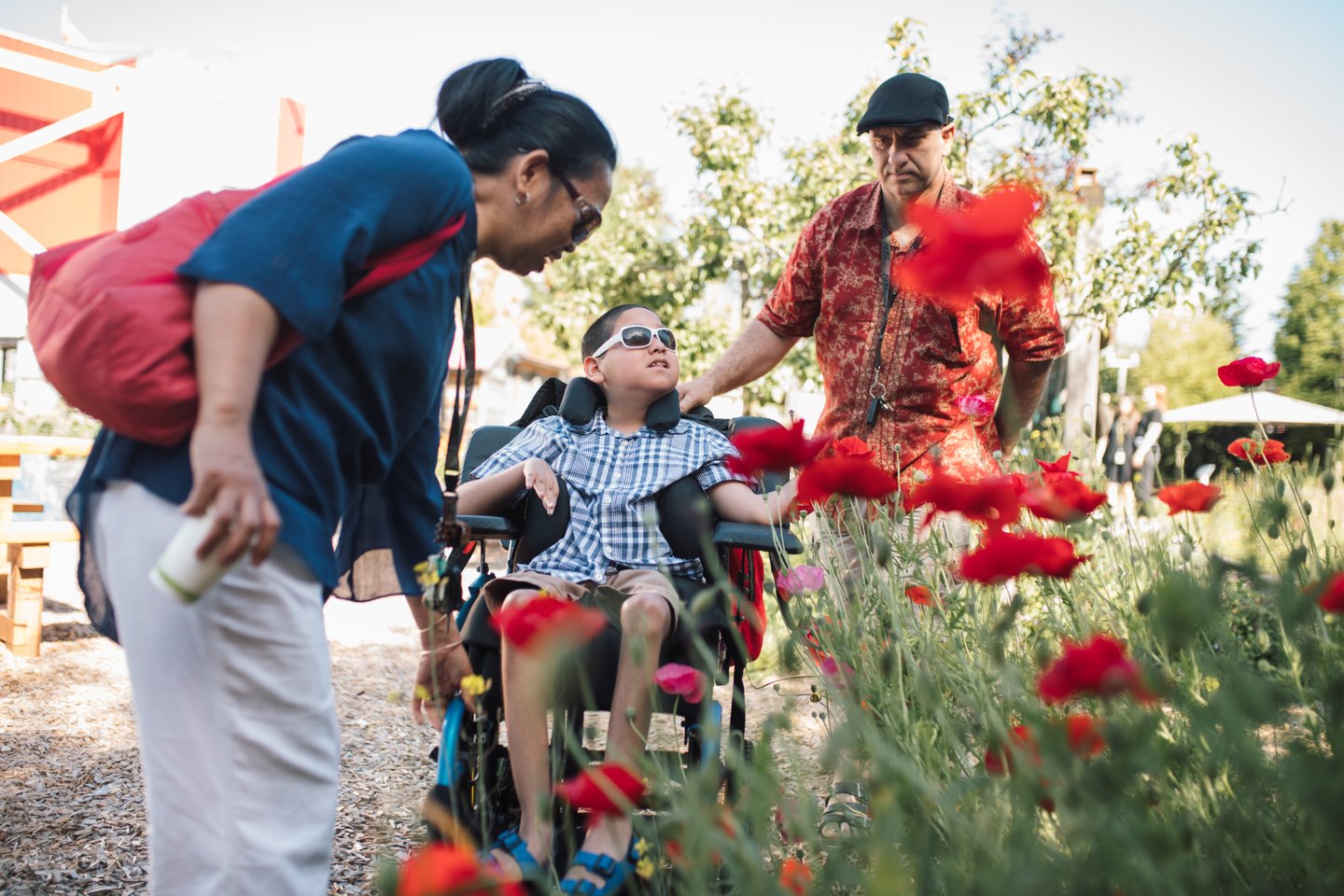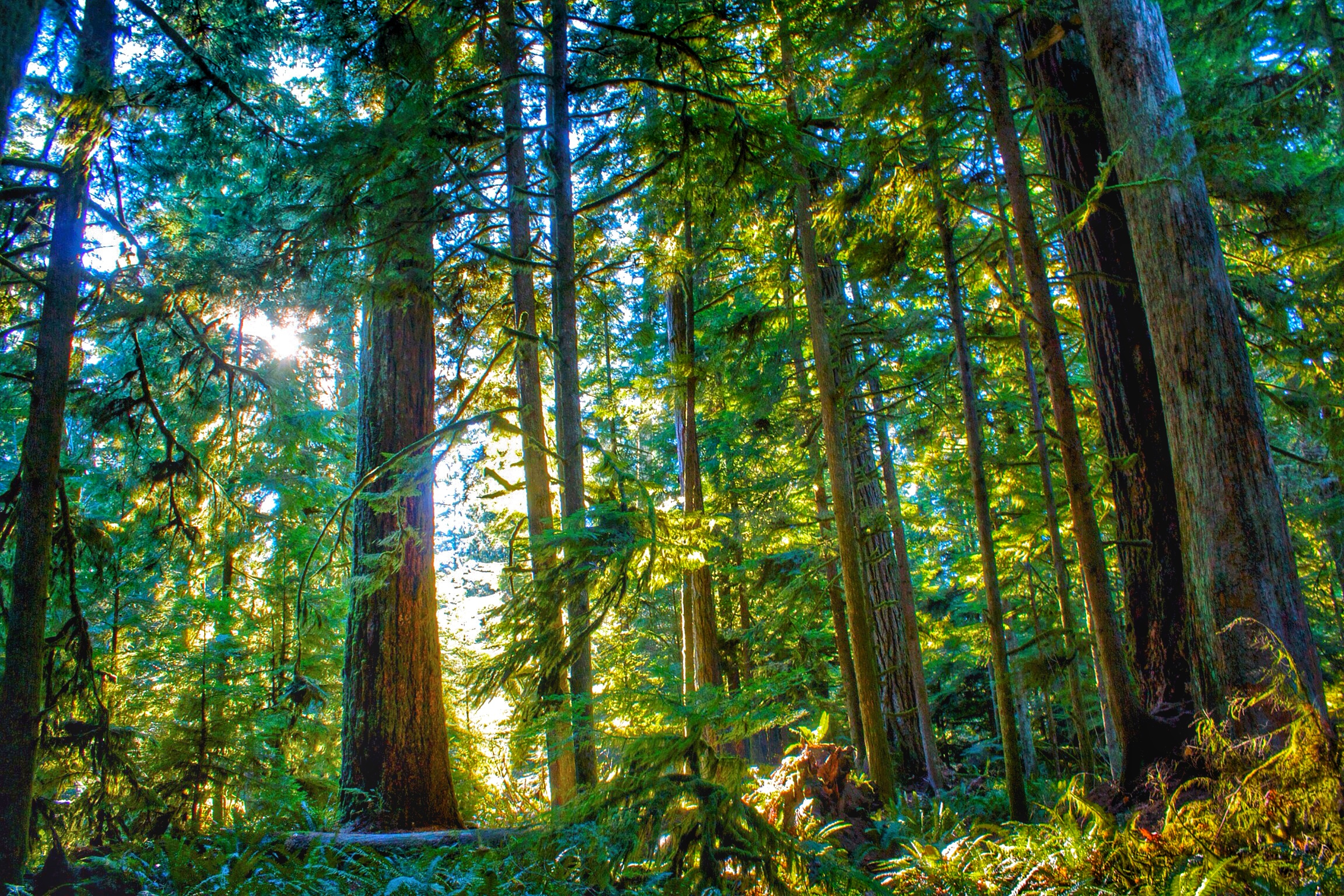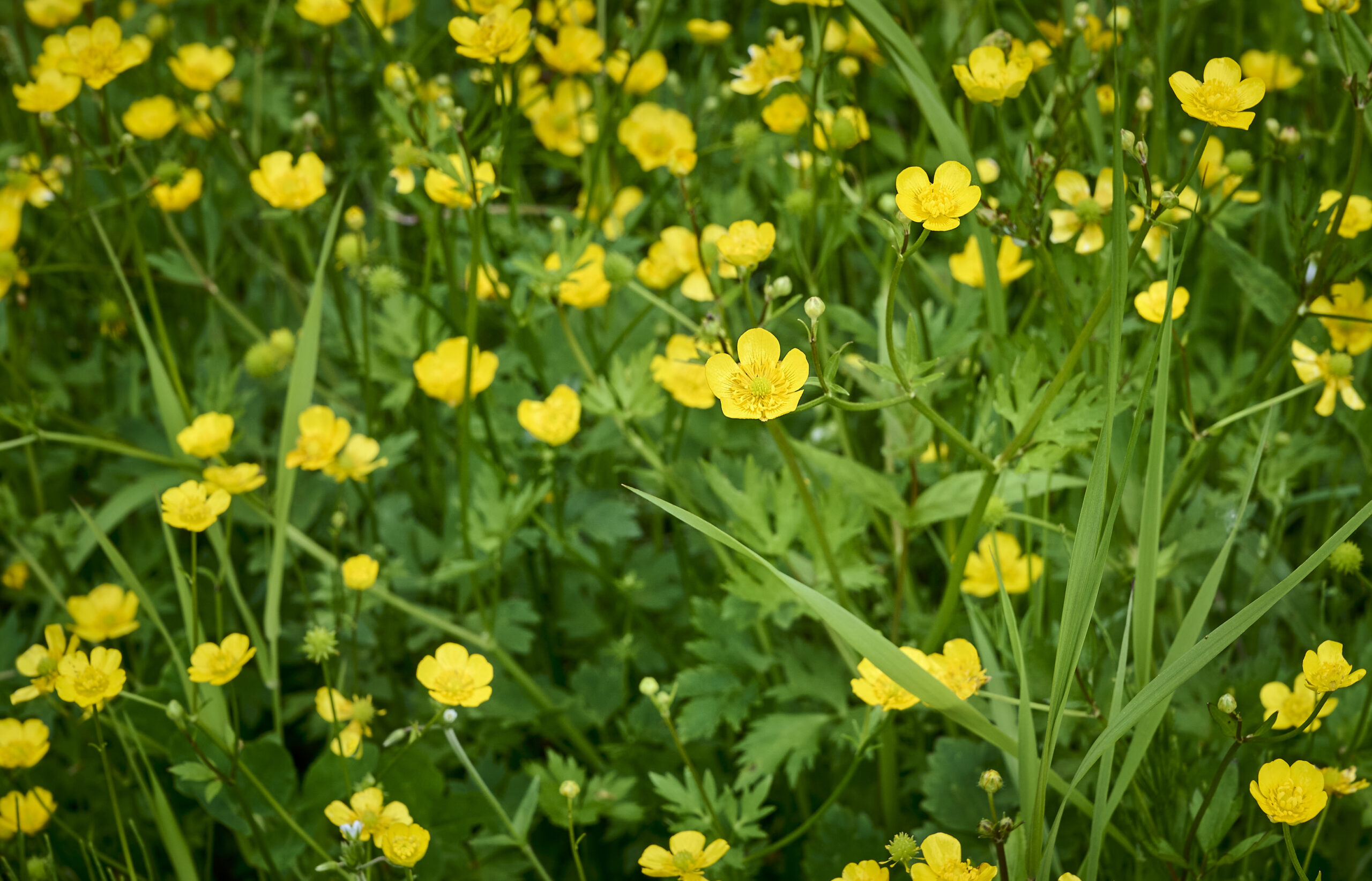

For Lil̓wat7ul (Lil'wat) Elder Nellie Peters, the right time to harvest plants to weave baskets with depended on what else was happening on the land.
“Just when the wild roses bloom, in late May and June,” she told ethnobotanist EthnobotanyThis interdisciplinary field combines elements of anthropology, botany, and ecology to understand the complex connections between humans and the plant kingdom. Nancy Turner back in 1984, “that's the time they harvest the basket grass and the cedar roots.”
The knowledge shared by Peters is an example of how Indigenous people have continually understood seasonal cycles in order to work with nature. This type of knowledge is utilized by people around the world as they observe predictable cycles of the land — seasonal changes, species reproduction, the tides, the phases of the moon — in order to understand the bigger picture of how everything connects.
In the case of Peters, she knew to go out to harvest her basket materials when the wild roses were blooming, because that meant the plants were at the right phase in their lifecycle when they could regenerate themselves and be processed properly.
“So the wild rose blooming is an indicator of the life cycle of the basket materials,” Turner explained in an interview.
Looking at what flowers are blooming doesn’t just show what other plants are in season — it can even indicate when to catch food.
Turner learned from Stl'atl'imx fisher Sam Mitchell that he would know when to go to the river when s-kwəxm-álus (yellow buttercups) bloomed in the early spring.
The name s-kwəxm-álus translates to “eye of the first spring salmon” because they match the colour of the eyes of the first run of spring salmon to come up the Sto:lo (Fraser River).
“And so when they see that little spring salmon eye blooming in February or March,” she said, “then they know it's time to go down to get that first run of salmon.”
Later on, Turner explained, the wild rose blooms, indicating a second run of spring salmon with a distinctive pink line along their side called kel'kásulh (rose-bud fish). Then, the ripening of wild strawberries and soapberries herald the first run of wild sockeye.
Working with seasonal cycles can indicate changes on the landscape too. For example, in the past, the time of year when Gitga'at people would gather seaweed was usually warm and sunny, meaning people could easily harvest and dry it.
“In the last couple of decades, however, the month of May has often been rainy, and people cannot safely pick their seaweed or sun-dry it as formerly,” according to a study released by Turner and Nisga’a researcher Andrea Reid last year.
The study concludes that while industrialization and climate change have caused drastic changes in biodiversity, these millenia-old seasonal cycles offer a way forward to care for the land and adapt to unexpected changes.
Science For a Changing World

Explore Science World's climate-resilient gardens.
Dig in
How can a food system be an example of a circular economy?

How can a tree change climate change?
Book workshop
Why pay attention to s-kwəxm-álus (buttercups) in the early spring?
Despite colonization and climate change, many Indigenous communities still work with seasonal rounds to maintain their traditional practices and connections to their territories.
“Indigenous Peoples' knowledge, practices, and strategies remain critically important, and are absolutely vital in identifying, alleviating, and reversing the impacts of these combined threats,” the study states.
“Negotiating variability has been constant in people's lives.”
Turner said that there is a lot of inspiration to be taken from how resilient nature itself is — and how plants can grow from just a tiny seed.
“That's pretty amazing, and so there are different methods of restoring and bringing back,” she said. “It's never going to be exactly the same as it was but a lot of the productivity can be restored with care and attention.”
Curious for more science of Indigenous Knowledge Systems?
Explore the solutions for regenerating our planet at Change Reaction.
